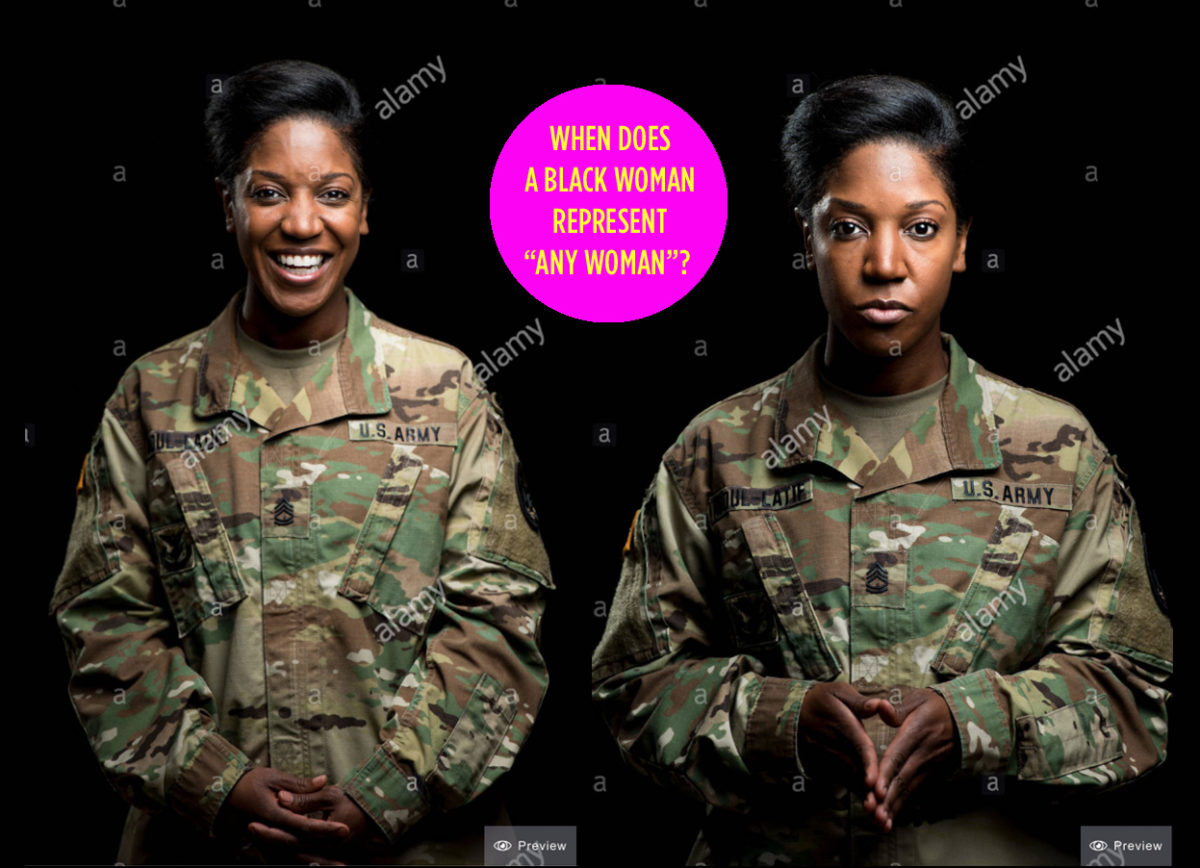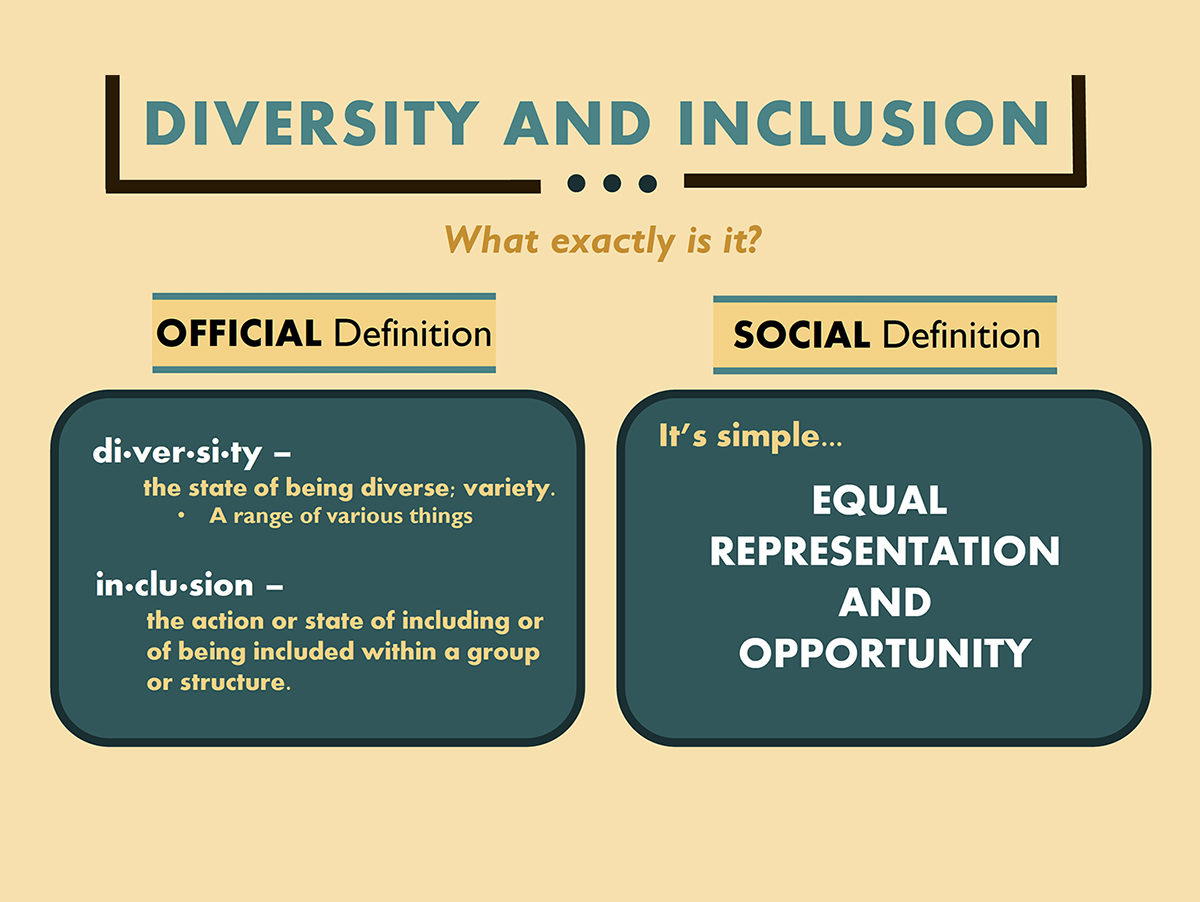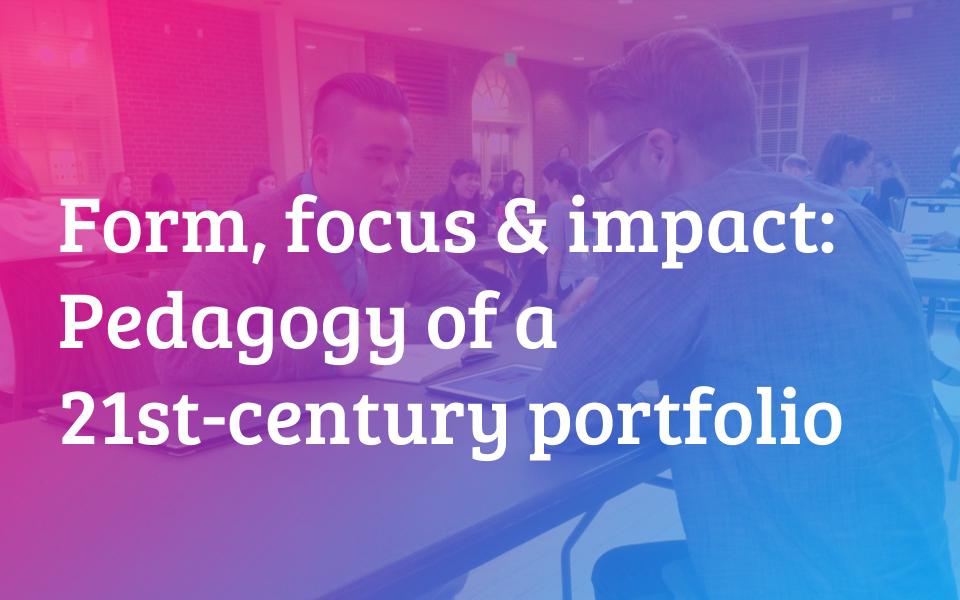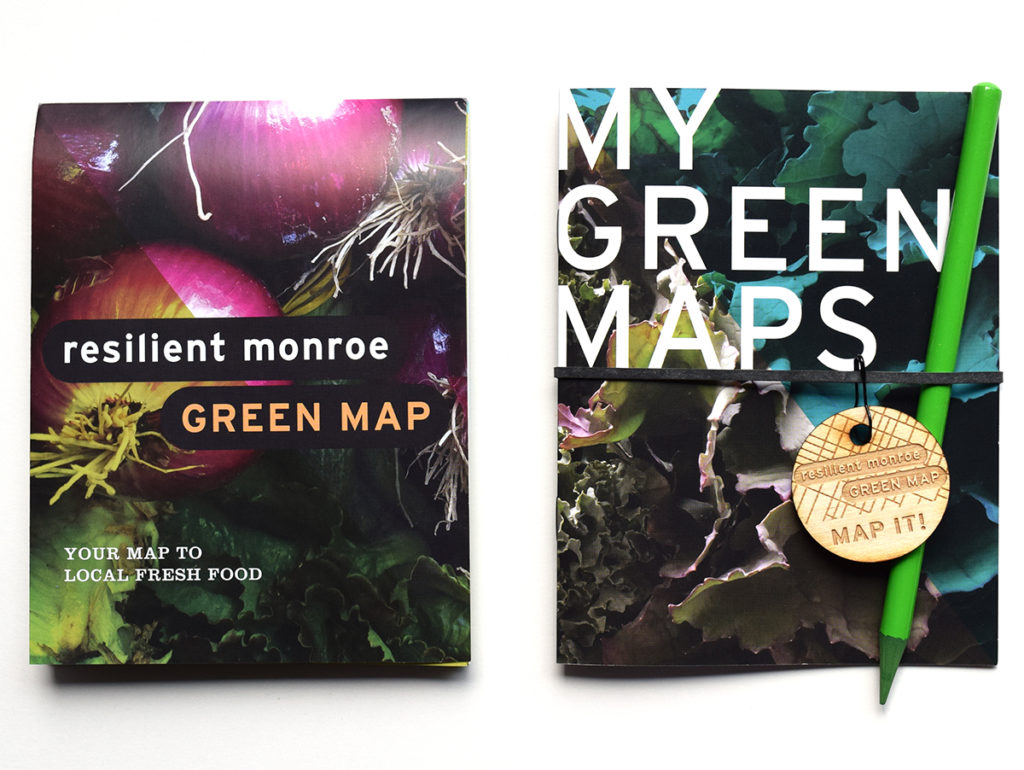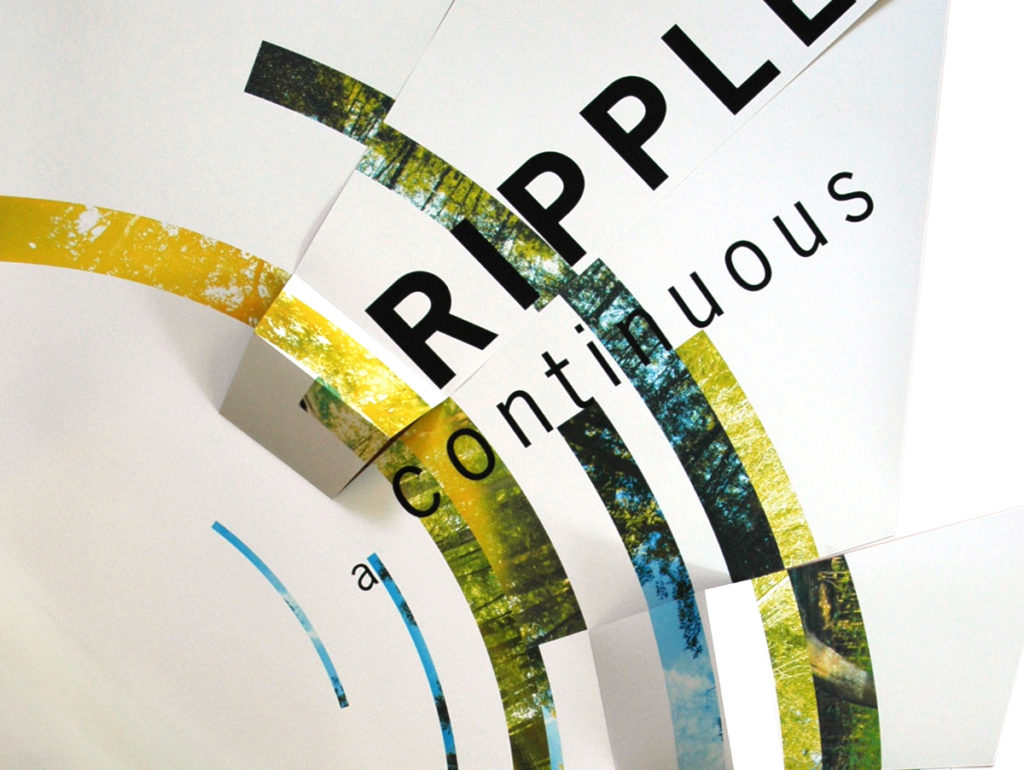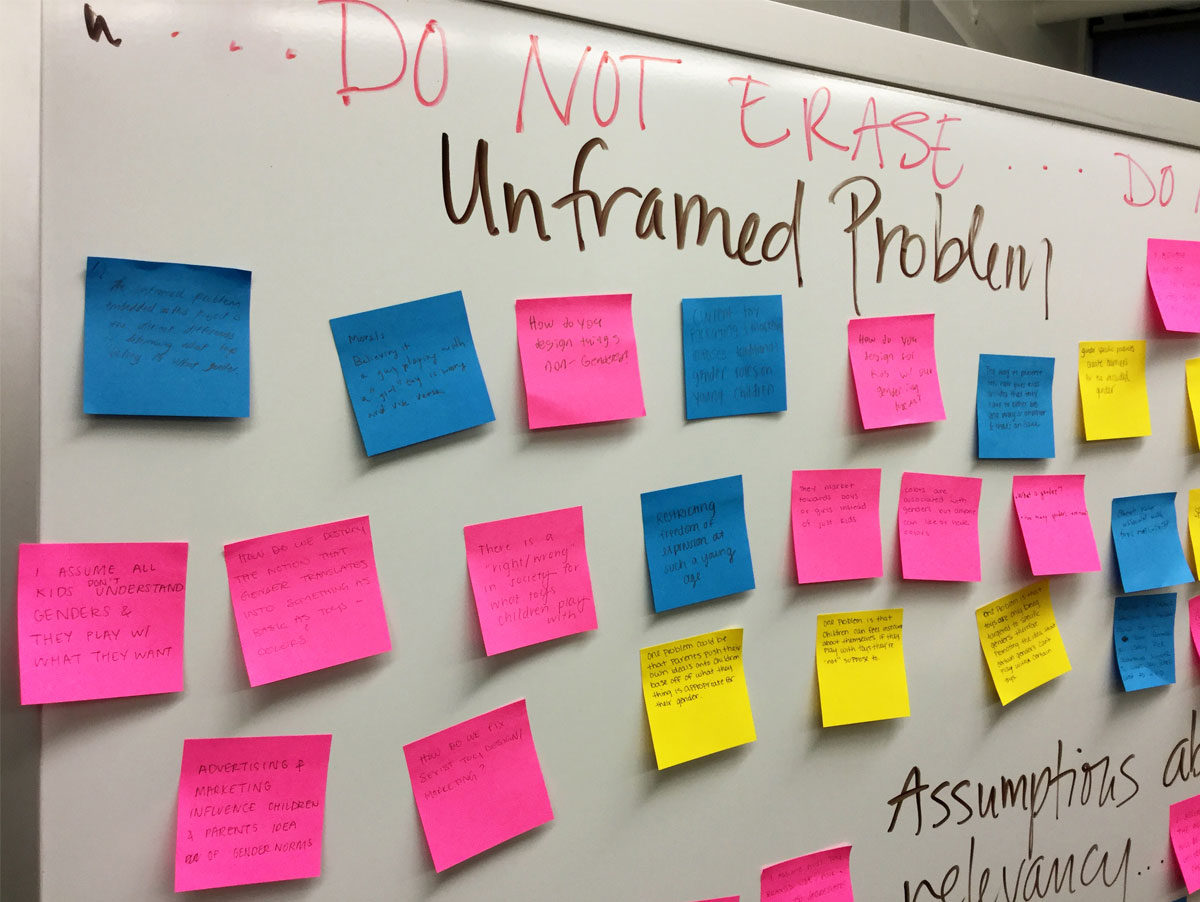Design Incubation Colloquium 5.3 (#DI2019mar) will be held at Merrimack College on Saturday, March 30, 2019, 10:00am-6:00pm.
Hosted by Nancy Wynn and the Department of Visual and Performing Arts. This event is open to all interested in Communication Design research.
Crowe Hall
Room 213
Merrimack College
315 Turnpike Street
North Andover, MA
Featured Presentation
Developing Citizen Designers: Our Civic Responsibility
Elizabeth Resnick
Professor Emerita, part-time faculty, Graphic Design
Massachusetts College of Art and Design
Moderators
Alex Girard
Assistant Professor
Southern Connecticut State University
Kelly Walters
Assistant Professor
Parsons, The New School
Presentations
Information Design and Voter Education: A Reflection on the 2018 Midterms and How to Design for 2020
Courtney Marchese
Associate Professor
Quinnipiac University
Visual Synthesis: Temporal and Expressive Exercises
Ann McDonald
Associate Professor
Northeastern University
Enter and Exit
Cheryl Beckett
Associate Professor
University of Houston
The Value of Impermanence in Design
Christopher Previte
Associate Professor
Franklin Pierce University
Using Icons to Encourage Visual Literacy on Campus
Lance Hidy
Accessible Media Specialist
Northern Essex Community College
Teaching the History of Graphic Design to Visual Learners
Ingrid Hess
Assistant Professor
University of Massachusetts Lowell
Humblebrag: A Game of Influence
Kathy Mueller
Assistant Professor
Temple University
African Americans in Advertising: Images, Stereotypes, and Symbolism
Omari Souza
Assistant Professor
Texas State University
Disrupting Genius: A Dialogical Approach to Design Pedagogy
Bree McMahon
Assistant Professor
University of Arkansas
Rachael L. Paine
Adjunct Professor
North Carolina State University
Price of Values
Shruthi Manjula Balakrishna
Graduate student
Vermont College of Fine Arts
Introducing MUGEN — A Javascript Library for Teaching Code Through Game Design
Brian James
Assistant Professor
St John’s University
Abstract submission of presentations deadline Monday, December 31, 2018. For details visit the Colloquia Overview and Online Submission Form.
Please join us, following the Colloquia, for a reception at 6 p.m. in the Rogers Center for the Arts. Drinks and appetizers will be served.
During the reception, artist Luba Lukova, will give an artist talk on her exhibition Designing Justice, which is located in the McCoy Gallery.
Venue
Crowe Hall Room 107
Directions on how to get to Merrimack College and Campus Map
Parking: Lot A, 8 am to 9 pm. Please no overnight parking.
Where to Stay
Andover Inn 978-775-4902
4 Chapel Ave., Andover, MA
Courtyard by Marriott 978-794-0700
10 Campanelli Drive, Andover, Ma
Sonesta Suites 978-686-2000
4 Tech Drive, Andover, Ma
All of these hotels have a special Merrimack College Discount. Request the Merrimack Rate when booking.
Coffee Shops and Lunch options on campus
Restaurants in Downtown Andover, MA (2 miles away)




